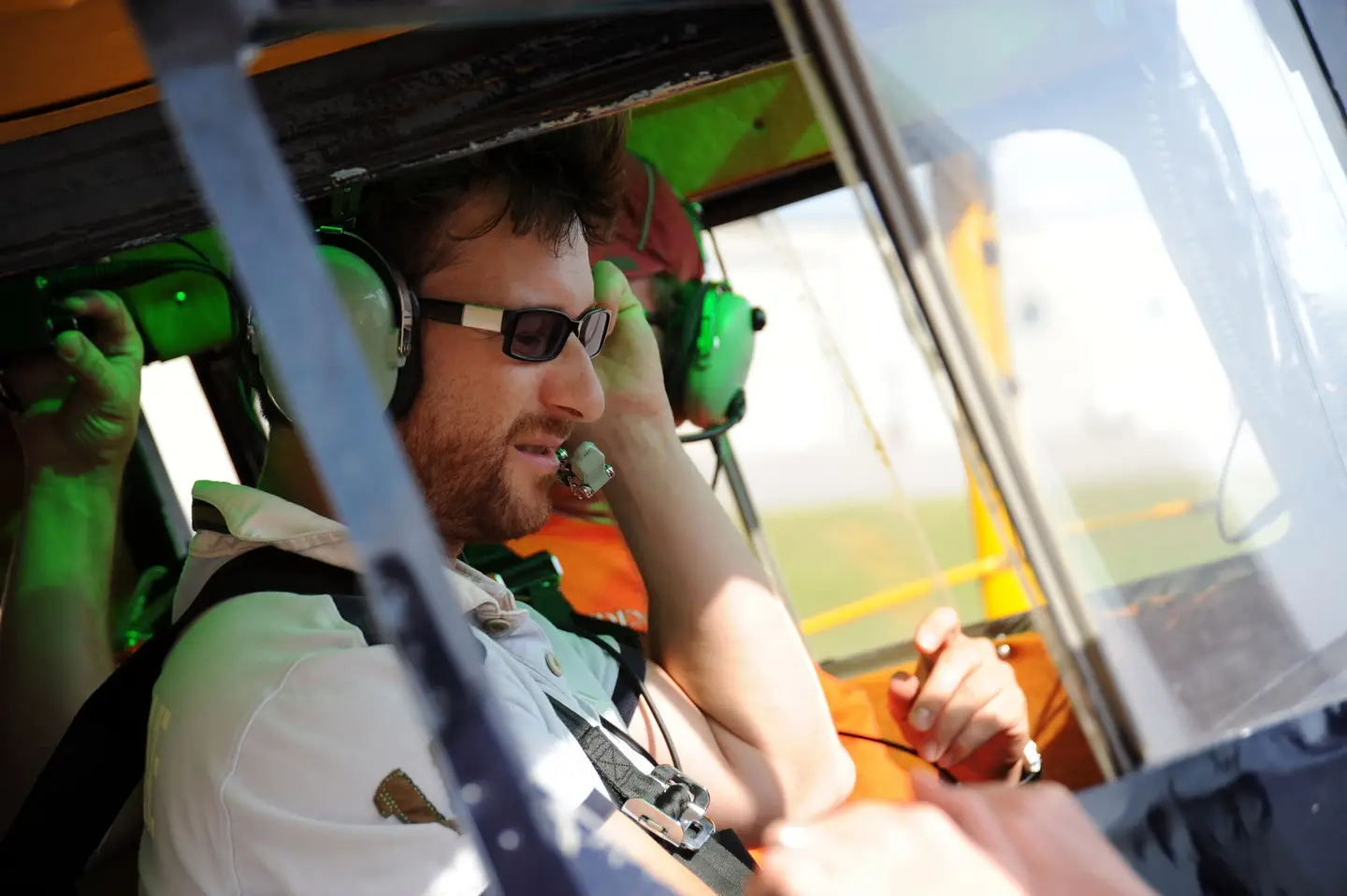Going Direct: NTSB Roy Halladay Report: Were Drugs To Blame?
The safety board’s factual report on the Hall of Fame baseball pitcher’s crash in an Icon A5 raises all kinds of questions. Here are some answers.
The NTSB recently issued its factual report on the crash of an Icon A5 amphibian just off the Gulf Coast of Florida in 2017, and as we reported, the report was a disturbing one.
The most shocking item was that Halladay had high levels of amphetamines and opioids in his blood when he crashed. What is a high level? According to the NTSB report, Halladay had about 10 times the typical therapeutic amount of amphetamines, as well as a pharmacopeia of other substances, including an antidepressant and morphine, both in high levels, as well.
Halladay had a history of substance use. Numerous outlets have reported that he had twice been to in-patient treatment centers for problems related to his drug use.
Halladay was one of the best pitchers of his era. In a message to the pitcher's many fans, Halladay's widow, Brandy Halladay, seemed to suggest that Halladay's drug use wasn't surprising to the family. "Most families struggle in some regard," she wrote, "and ours was no exception."
Halladay, the report stated, had a valid FAA Medical Certificate at the time of the crash despite his reported history of drug use problems and his use of an antidepressant, Paxil, which is one of the few antidepressants the FAA does allow pilots to use under certain circumstances.
So were drugs to blame for the crash? I'd say that they weren't, and the FAA, while it hasn't released its final report yet, the one in which it will issue a statement of probable cause, most likely won't say that either. The drugs can be impairing, and it's shocking that Halladay had such high levels in his blood. That said, the way that drugs affect people differ greatly, and those who take medications long term for chronic pain---Halladay had both back and shoulder injuries in his past---often require increasing dosages to fight the pain.
In fact, the question of whether Halladay's crash was the result of impairment or not misses the point. The cause of the crash was the plane hitting the water in a steep nose-down angle, which resulted in blunt force trauma that might have killed Halladay, though drowning was also listed as a cause of death, so he did survive the crash initially. Halladay did a bad job of flying. He didn't have a lot of experience in the Icon, around 15 hours or so, which one would think should have enforced a conservative attitude. It apparently did not. Halladay not only was engaging in low- level near-aerobatic flight immediately before the crash, he flew in a questionable manner on his way out to the gulf from his home---which was located on a small lake a few minutes inland from the crash site---flying very low over the tops of shoreline homes, according to a witness. And a couple of weeks before the crash, Halladay flew under the Tampa Bay Bridge. While not a particularly risky thing to do---it has 180 feet of clearance---it indicates that the former pitcher's attitude was that of someone looking to push the envelope in ways that most pilots, and the FAA (it goes without saying), would find unacceptable.
One might argue that Halladay's drug use was in keeping with an anti-authority attitude, and I wouldn't argue against that view. At the same time, it should be noted that the one really risky thing that Halladay did was over an unpopulated section of Gulf Water, and I'd argue that he was only one who was at great risk from his low- level maneuvering. Which is to say even if he did fly foolishly, and we should counsel pilots against such behavior (as the plane's manufacturer does), at least he didn't take anyone out with him. Sometimes that's the most you can hope for in cases such as this one.

Subscribe to Our Newsletter
Get the latest Plane & Pilot Magazine stories delivered directly to your inbox






